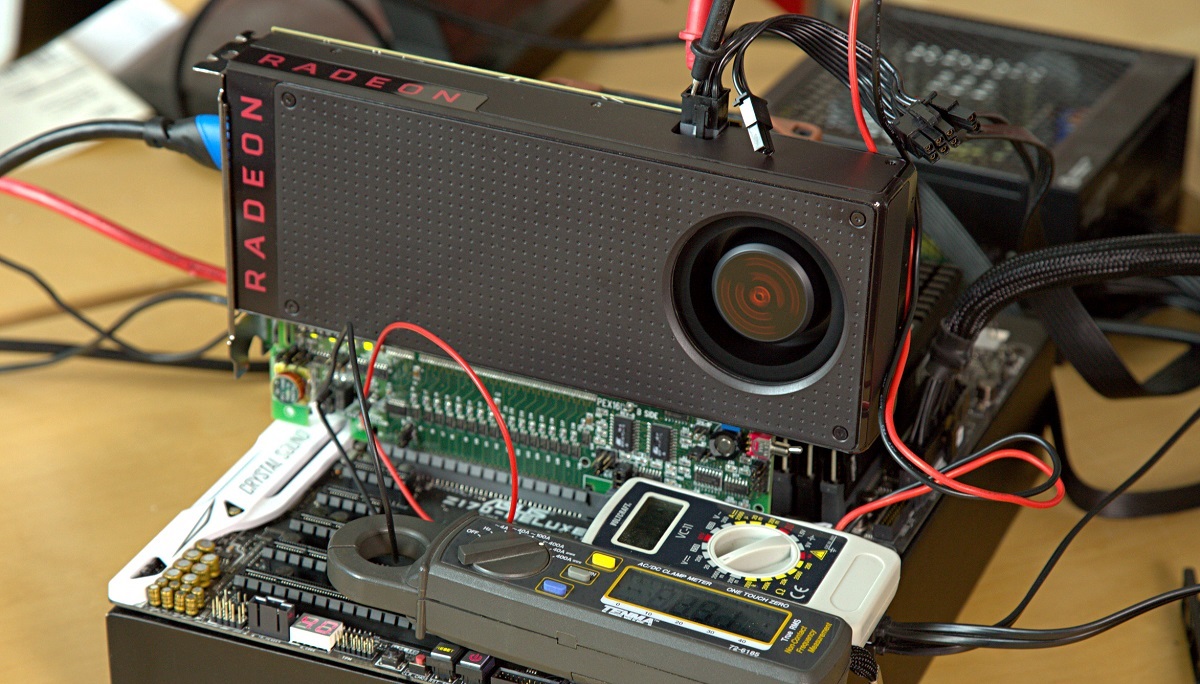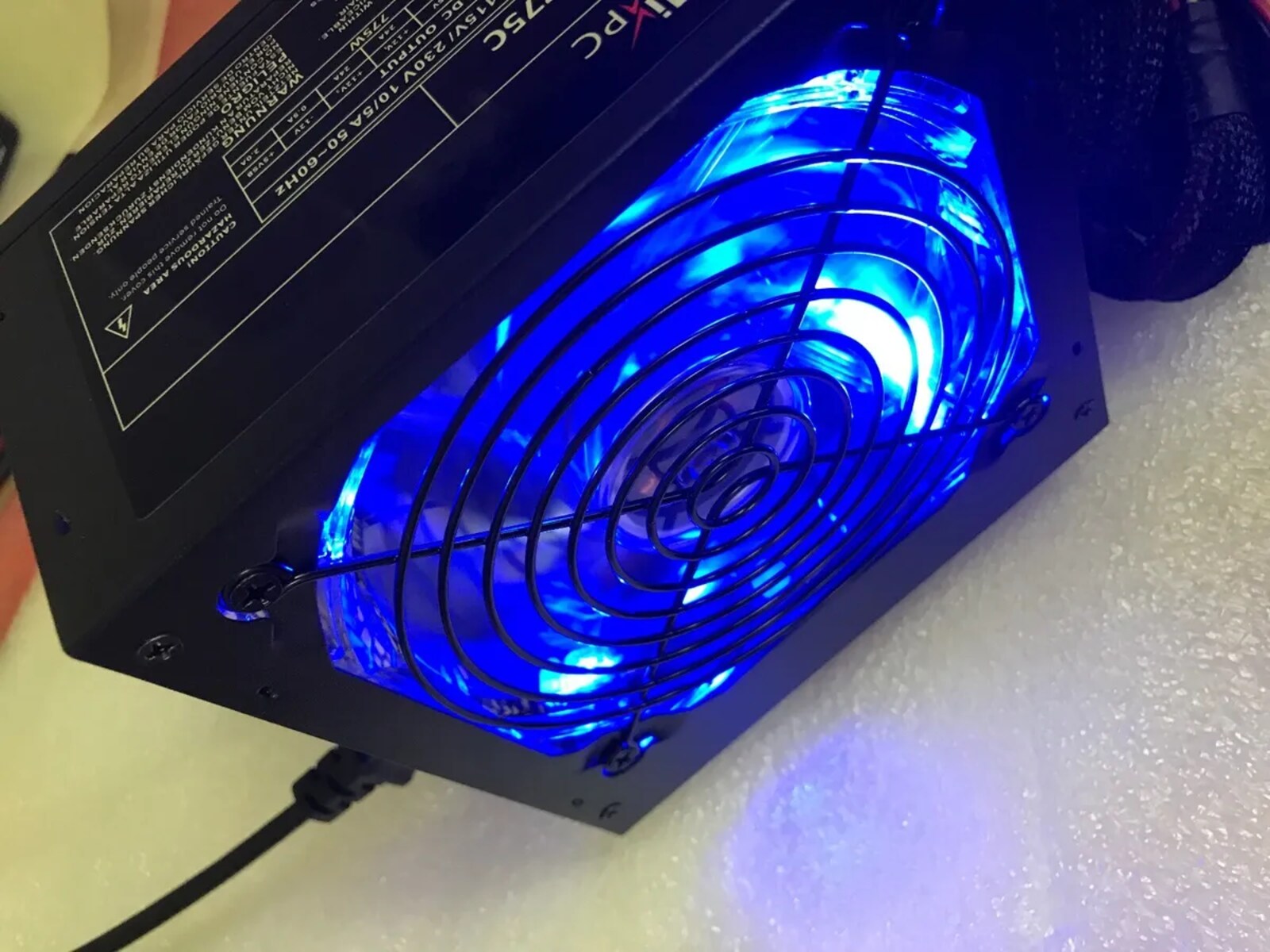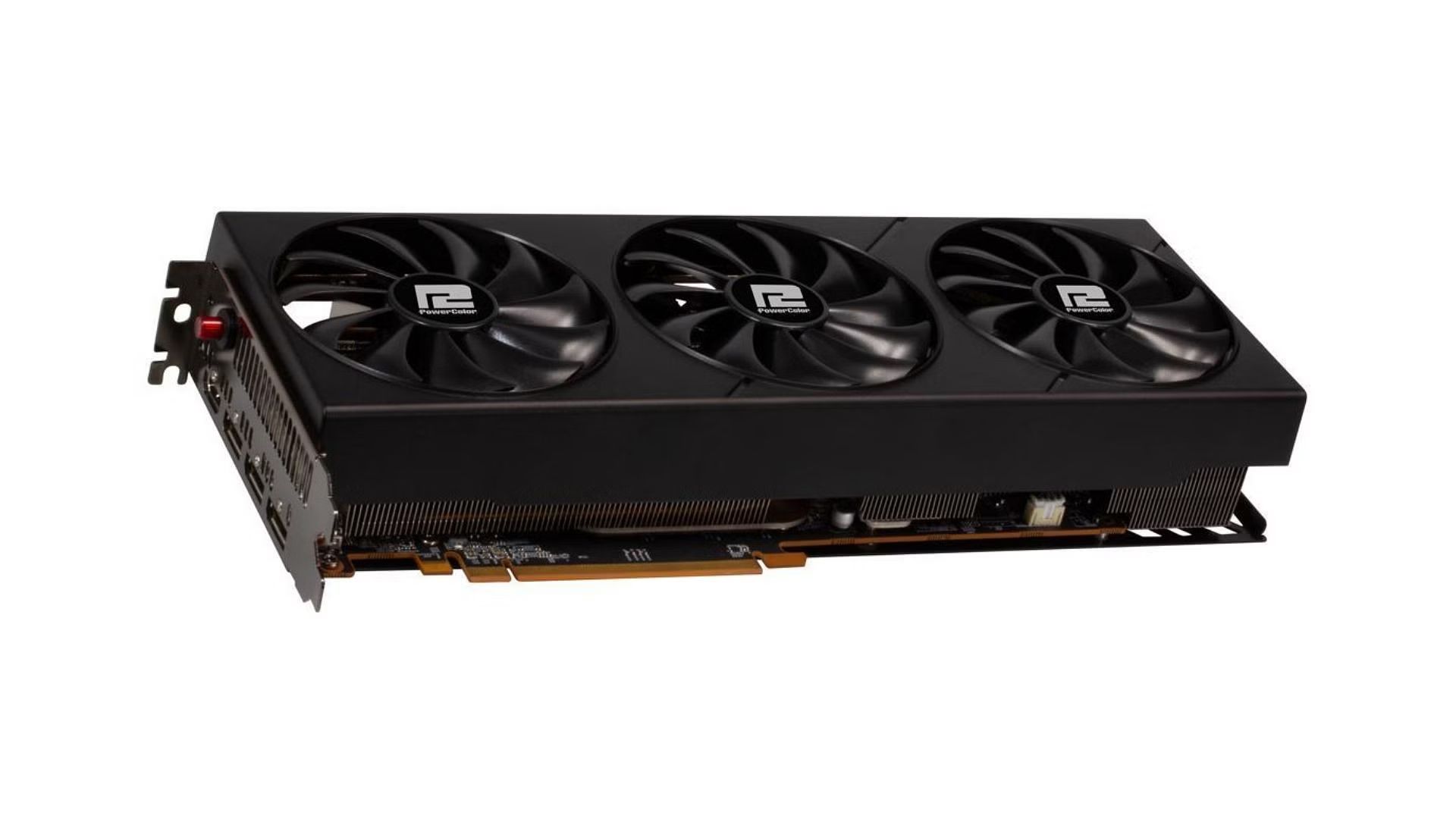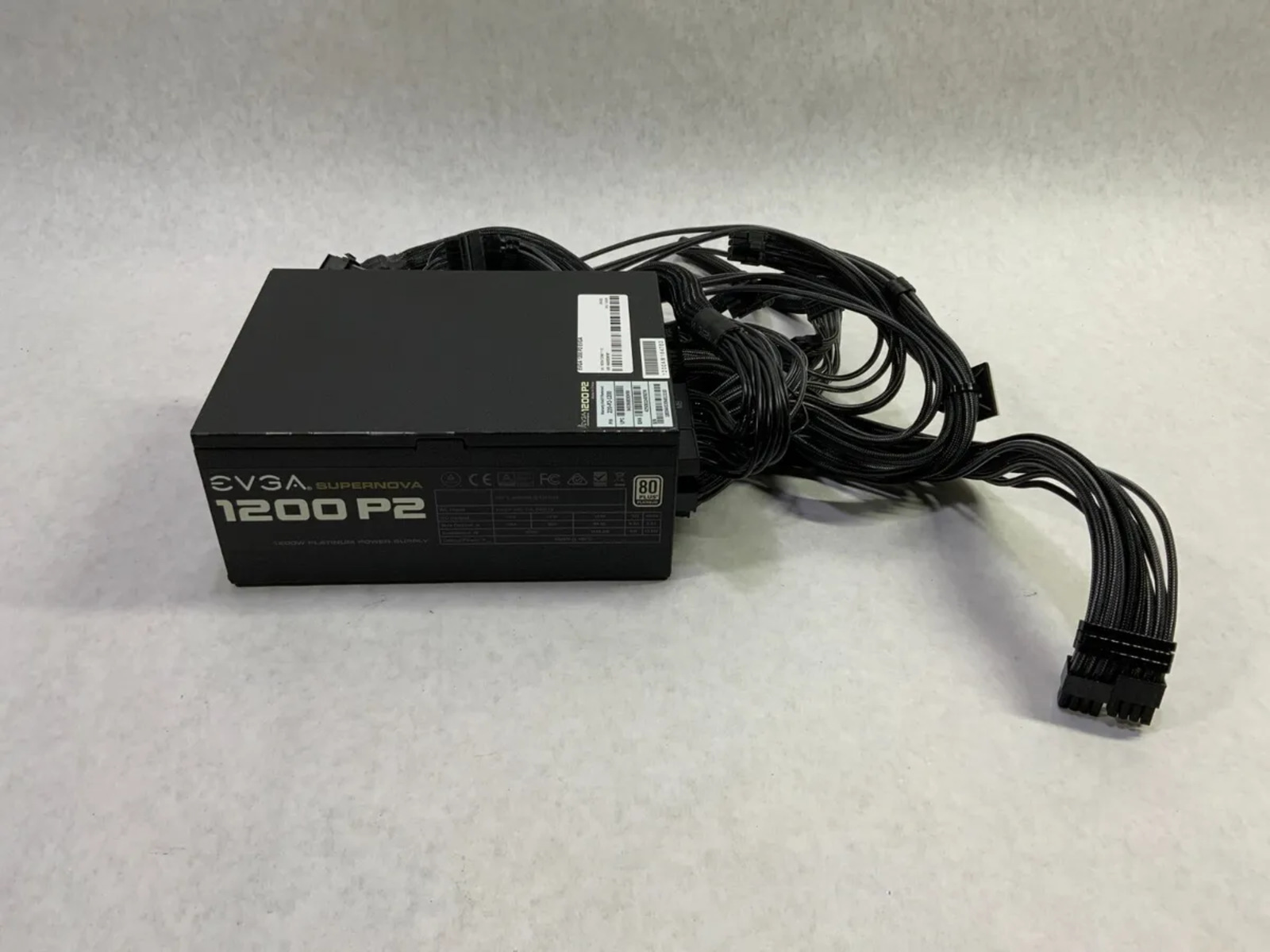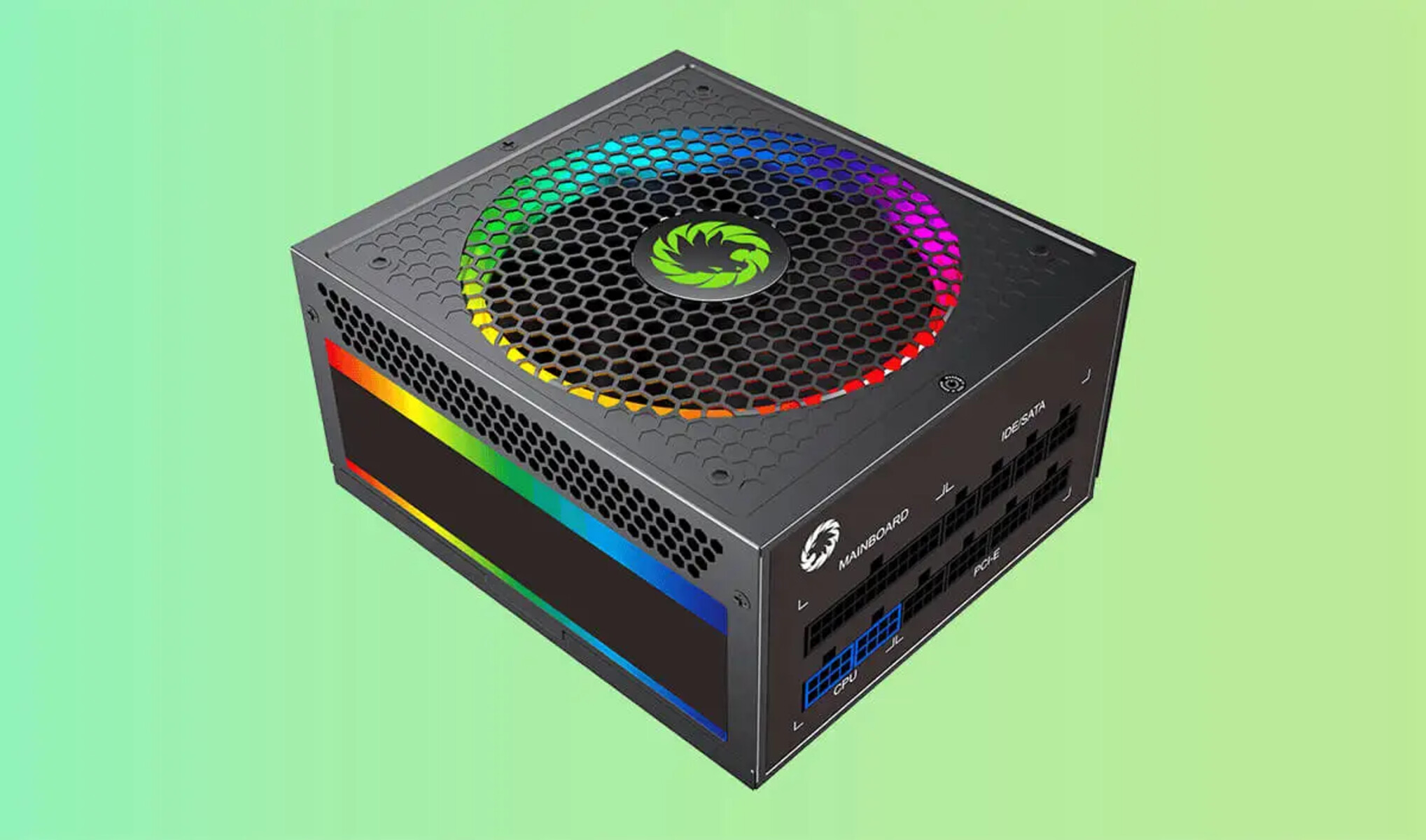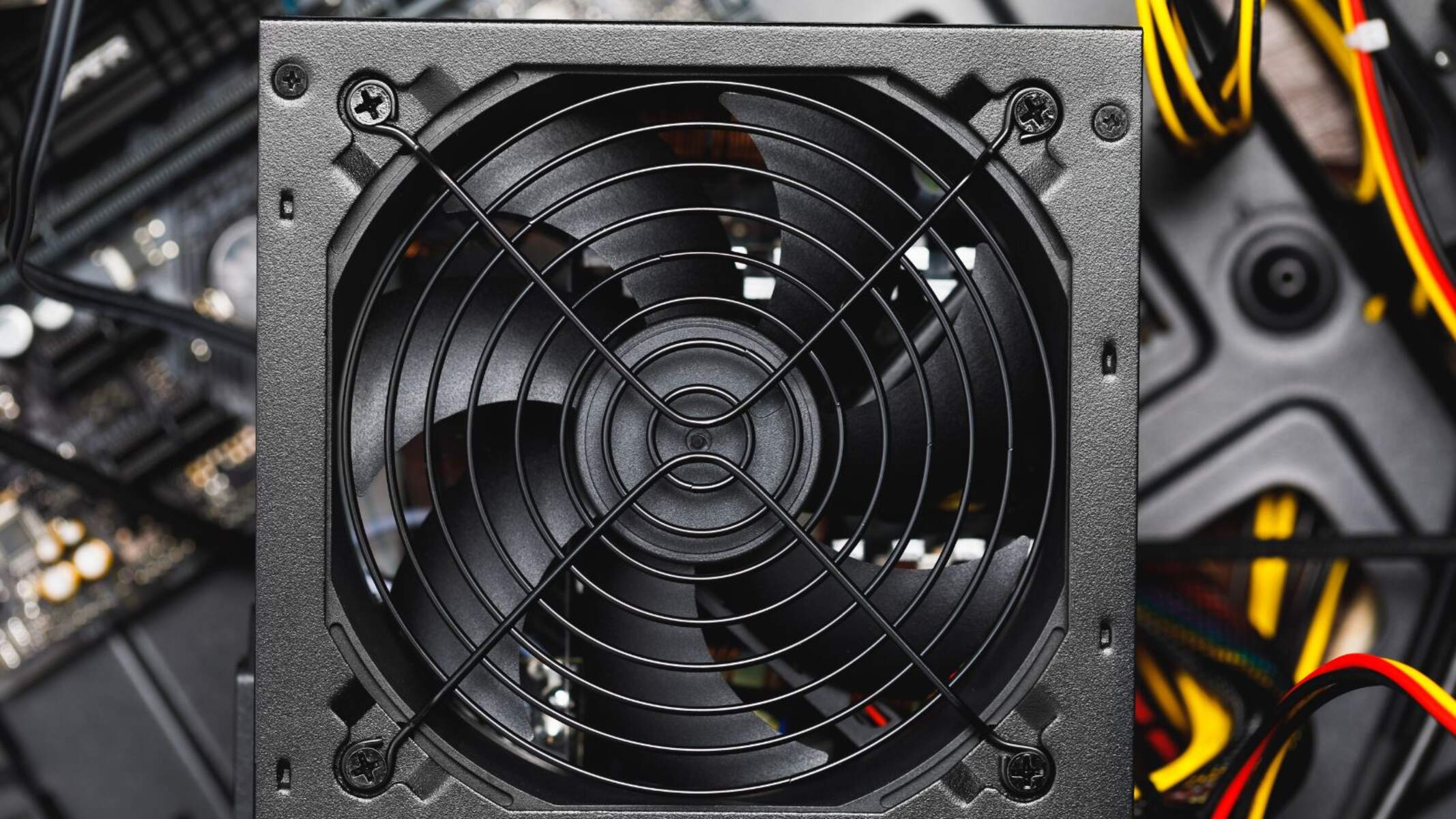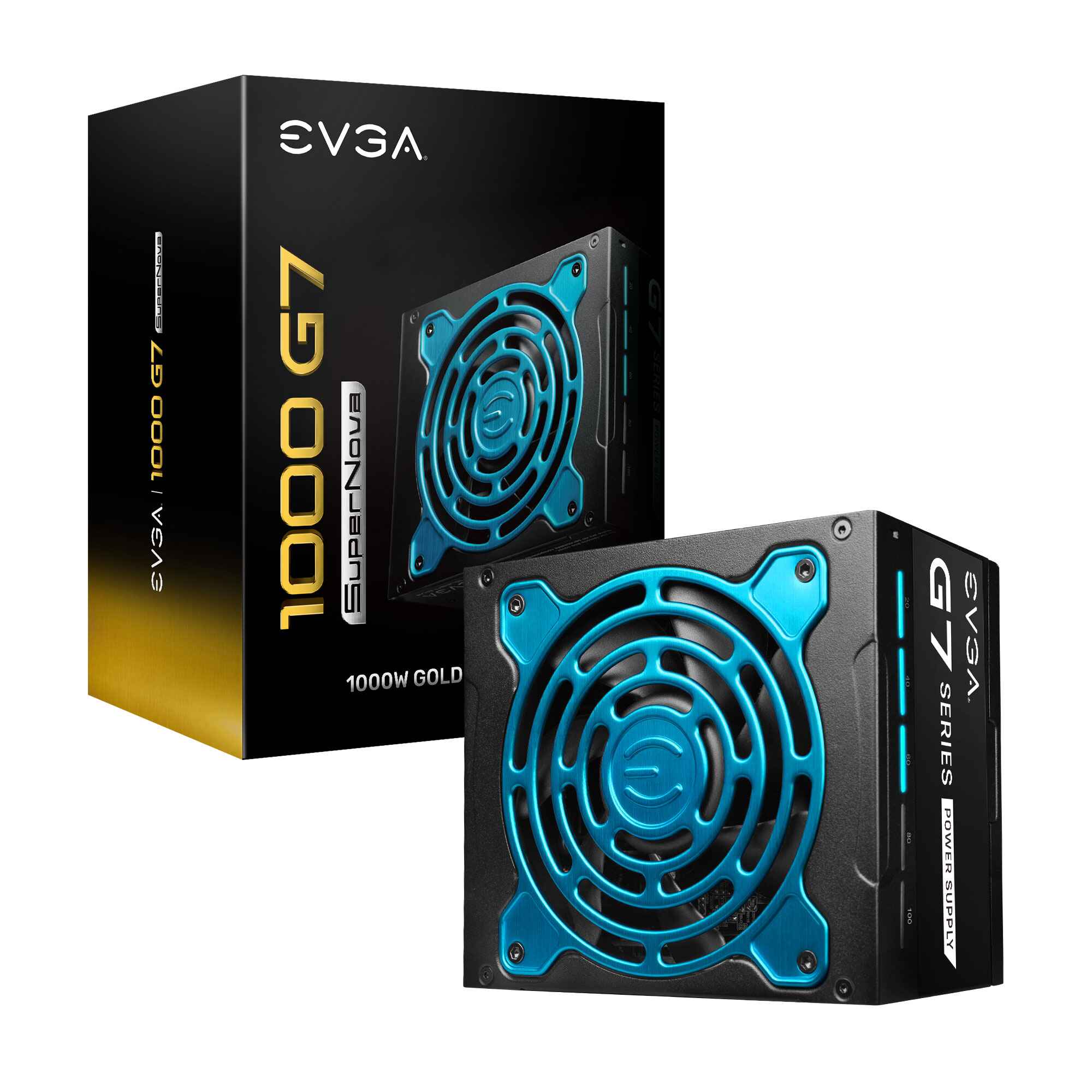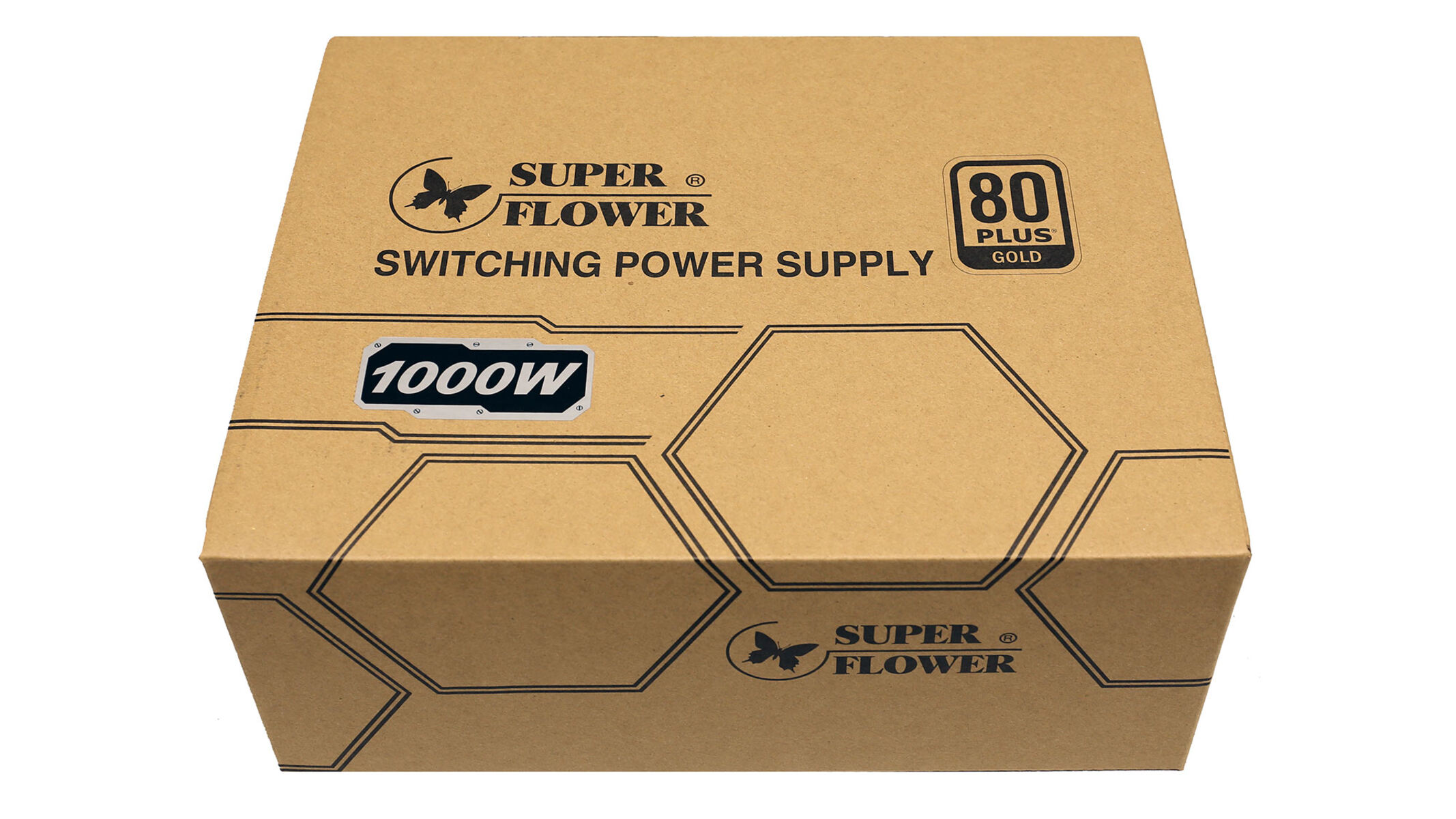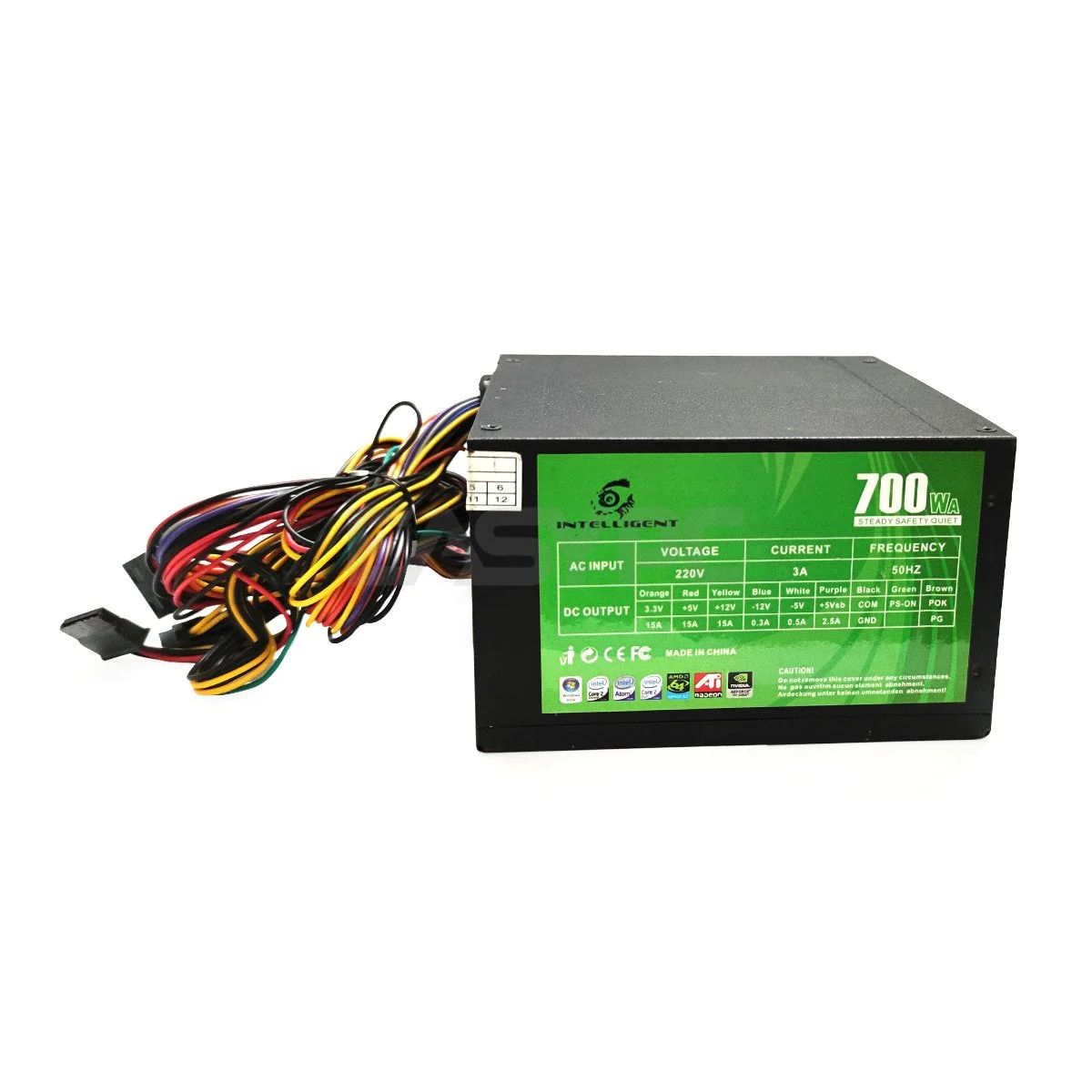Introduction
Are you an avid gamer looking to maximize your gaming experience? If so, you may have come across the term “Crossfire” in your search for ways to enhance your gaming rig’s performance. Crossfire is a technology developed by AMD that allows you to combine multiple graphics cards in your system, working together to deliver improved graphical performance.
One popular graphics card for Crossfire configurations is the AMD Radeon RX 480. With its impressive capabilities, the RX 480 can deliver smooth gameplay and stunning visuals, especially when paired with another RX 480 in a Crossfire setup.
However, before diving into the exciting world of Crossfire, it’s important to understand the power requirements of the RX 480 in this configuration. In this article, we will explore the power needs of the RX 480 in Crossfire and provide recommendations for choosing the right power supply unit (PSU) to ensure optimal performance and stability.
Choosing the right PSU is crucial for a Crossfire setup, as inadequate power supply can lead to instability, crashes, or even damage to your hardware. On the other hand, an overpowered PSU could result in unnecessary costs and energy consumption, making it essential to find the perfect balance to support your Crossfire RX 480 system.
In the following sections, we will delve deeper into the power requirements of the RX 480 in Crossfire and discuss the factors you should consider when selecting a PSU. Furthermore, we will provide a list of recommended power supply units to streamline your decision-making process and ensure a smooth and efficient Crossfire gaming experience.
Understanding Crossfire
Crossfire is a multi-GPU (Graphics Processing Unit) technology developed by AMD that allows you to combine multiple AMD Radeon graphics cards in your gaming system. By utilizing Crossfire, you can harness the power of multiple GPUs working together to deliver enhanced gaming performance and improved graphics quality.
When two or more AMD Radeon GPUs are configured in Crossfire, they work in tandem to process graphics data, splitting the workload between them. This parallel processing capability results in smoother gameplay, higher frame rates, and better visual fidelity. Crossfire technology is especially beneficial for demanding games that require intensive graphical processing, allowing you to maximize your gaming experience.
Enabling Crossfire is a straightforward process. You need to ensure that your motherboard supports Crossfire technology and has the necessary PCI Express (PCIe) slots available for installing multiple graphics cards. Additionally, the graphics cards need to be compatible with Crossfire, meaning they should have the required connectors and support for Crossfire configurations.
It’s essential to note that Crossfire relies heavily on software profiles and drivers to optimize the performance of multiple GPUs. AMD regularly releases driver updates and profiles that are specifically designed for Crossfire configurations, ensuring that you get the best possible gaming experience with your multi-GPU setup.
While Crossfire can bring significant benefits in terms of performance, it is important to consider some potential limitations. Not all games are optimized for Crossfire, and some may not see a significant performance boost or compatibility. It’s recommended to check if your favorite games support Crossfire to make the most out of your multi-GPU setup.
Another aspect to keep in mind is that Crossfire requires additional power to drive multiple graphics cards. Each GPU in a Crossfire configuration needs sufficient power to operate optimally. Therefore, it is crucial to have a suitable power supply unit (PSU) to ensure stable and reliable power delivery to your GPUs.
In the next section, we will delve into the power requirements of the AMD Radeon RX 480 in Crossfire and discuss the factors you should consider when selecting a PSU for your setup.
Power Requirements of RX 480 in Crossfire
When it comes to Crossfire configurations with the AMD Radeon RX 480, power requirements play a crucial role. The RX 480 is a powerful graphics card, and combining multiple RX 480 cards in Crossfire will significantly increase power consumption.
The standard power consumption of a single RX 480 is around 150 watts under heavy load. However, when you add a second RX 480 in Crossfire, the power requirements increase, and you need to ensure that your power supply can meet the demand.
Typically, a Crossfire setup with two RX 480 graphics cards will require a minimum PSU capacity of 600 watts. However, it’s important to note that this is a general guideline, and the actual power consumption may vary depending on your other system components, overclocking, and overall system load.
In addition to the wattage, you need to consider the amperage on the +12V rail of your power supply. The RX 480 requires a stable and sufficient power delivery on this rail to operate optimally. It’s recommended to have a PSU with a minimum of 42A on the +12V rail for a Crossfire configuration with two RX 480 cards.
Furthermore, it’s essential to choose a power supply unit from a reputable brand that offers high-quality components and has sufficient PCIe power connectors to support the number of graphics cards in your Crossfire setup. The RX 480 typically requires a single 8-pin PCIe power connector per card.
It’s worth mentioning that investing in an efficient PSU with an 80 Plus certification can also contribute to better power management and higher energy efficiency, reducing overall power consumption and heat generation.
As the power requirements of Crossfire configurations can be demanding, it’s crucial not to overlook the importance of a reliable and adequate power supply. Insufficient power delivery can lead to instability, system crashes, or even damage to your hardware.
In the next section, we will explore the factors you should consider when selecting a power supply unit for your Crossfire RX 480 setup, ensuring a stable and efficient gaming experience.
Factors to Consider
Choosing the right power supply unit (PSU) for your Crossfire RX 480 setup involves considering several important factors to ensure optimal performance, stability, and compatibility. Before making a decision, take note of the following:
- Power Output: The power output of the PSU is crucial in supporting a Crossfire configuration. Ensure that the PSU has sufficient wattage to handle the power demands of both RX 480 graphics cards, along with your other system components. It’s always better to have a PSU with a higher wattage than the minimum requirement to allow for potential upgrades or overclocking in the future.
- Amperage: Pay attention to the +12V rail amperage. As mentioned earlier, the RX 480 requires a stable power delivery on this rail. Ensure that the PSU has enough amps on the +12V rail to meet the demands of your Crossfire RX 480 setup.
- Efficiency: Look for a PSU with a high-efficiency rating, such as 80 Plus Bronze, Silver, Gold, or Platinum. An efficient PSU not only helps reduce power consumption and heat generation but also ensures stable power delivery, minimizing the risk of system instability or damage to your hardware.
- Modular or Non-Modular: Consider whether you prefer a modular or non-modular PSU. A modular PSU allows you to connect only the necessary cables, reducing cable clutter inside your case and improving airflow. On the other hand, a non-modular PSU comes with fixed cables, which may be more affordable but can result in a messier cable management.
- Brand and Reliability: Opt for a reputable PSU brand that has a proven track record for producing reliable and high-quality units. Brands such as Corsair, EVGA, Seasonic, and Thermaltake are known for their reliable PSUs that often come with warranties for added peace of mind.
- Connectors and Cable Length: Ensure that the PSU has enough PCIe power connectors with the proper pin configuration (typically 8-pin) for your RX 480 cards. Also, consider the length of the cables to accommodate your specific case size and layout.
- Budget: Set a budget for your PSU, considering the features and specifications you require. While it’s important to find a PSU that meets the power demands of your Crossfire RX 480 setup, it’s also essential to find a balance between performance and affordability.
By considering these factors, you can make a well-informed decision and choose a PSU that is not only compatible with your Crossfire RX 480 setup but also meets your specific needs and preferences.
Next, we will provide a list of recommended power supply units that are suitable for Crossfire configurations with RX 480 cards, helping you narrow down your choices and make the best selection for your gaming rig.
Recommended Power Supply Units for Crossfire RX 480
When it comes to selecting a power supply unit (PSU) for your Crossfire RX 480 setup, it’s essential to choose a reliable and robust unit that can handle the power demands of multiple GPUs. Below, you’ll find a list of recommended PSUs that are suitable for Crossfire configurations with RX 480 cards:
- Corsair RM750x: This is a highly recommended PSU with a wattage of 750W. It is 80 Plus Gold certified, ensuring high energy efficiency. The fully modular design and reliable performance make it a great option for Crossfire RX 480 setups.
- EVGA Supernova 850 G3: Offering 850W of power, this PSU is 80 Plus Gold certified and features a fully modular design. It comes with a compact size, high-quality components, and excellent performance, making it an ideal choice for Crossfire configurations.
- Seasonic Focus Plus 850 Platinum: With 850W of power and 80 Plus Platinum certification, this PSU offers exceptional energy efficiency. Its fully modular design, high-quality construction, and reliable performance make it a top choice for Crossfire RX 480 setups.
- Thermaltake Toughpower Grand RGB 850W Gold: This PSU delivers 850W of power and is 80 Plus Gold certified. It features a fully modular design with vibrant RGB lighting, ensuring both reliability and aesthetics for your Crossfire RX 480 configuration.
- Cooler Master MWE Gold 750W: Offering 750W of power, this PSU is 80 Plus Gold certified and comes with a fully modular design. It provides stable and efficient power delivery for Crossfire RX 480 setups while staying budget-friendly.
These PSUs have been chosen based on their power output, performance, efficiency, reputation, and compatibility with Crossfire RX 480 configurations. However, it’s important to note that individual system requirements may vary, so it’s advisable to double-check the manufacturer’s specifications and recommendations before making your final decision.
Remember to consider your specific needs, budget, and the other factors mentioned earlier in this article when selecting a PSU. By choosing a reliable and suitable PSU, you can ensure stable power delivery, optimal performance, and an enjoyable gaming experience with your Crossfire RX 480 setup.
In the next section, we will summarize the key points discussed in this article and conclude our guide to selecting the right PSU for your Crossfire RX 480 configuration.
Conclusion
In conclusion, Crossfire is an excellent way to enhance your gaming performance by combining multiple AMD Radeon RX 480 graphics cards in your system. However, choosing the right power supply unit (PSU) is crucial to ensure stable and reliable power delivery for your Crossfire configuration.
When considering a PSU for your Crossfire RX 480 setup, it’s important to take into account factors such as power output, amperage, efficiency, brand reliability, modular/non-modular design, connectors, cable length, and budget. By carefully considering these factors, you can select a PSU that meets the power demands of your Crossfire configuration while fitting your specific needs and preferences.
Based on our recommendations, PSUs such as the Corsair RM750x, EVGA Supernova 850 G3, Seasonic Focus Plus 850 Platinum, Thermaltake Toughpower Grand RGB 850W Gold, and Cooler Master MWE Gold 750W are reliable options for Crossfire RX 480 setups.
Remember to double-check the manufacturer’s specifications and recommendations to ensure compatibility with your specific RX 480 setup and system requirements.
By investing in a suitable and high-quality PSU, you can ensure optimal performance, stability, and efficiency for your Crossfire RX 480 configuration. This will allow you to enjoy smooth gameplay, impressive visuals, and an immersive gaming experience.
Ensure that you prioritize the power needs of your Crossfire configuration and choose a PSU that can provide enough wattage, stable amperage, and robust power delivery. This will ensure that your system runs smoothly and avoids any potential issues related to insufficient power supply.
Take the time to explore different PSU options, consider your specific requirements, and make an informed decision. By doing so, you’ll be on your way to unleashing the full potential of Crossfire with the AMD Radeon RX 480 and enjoying an exceptional gaming experience.







